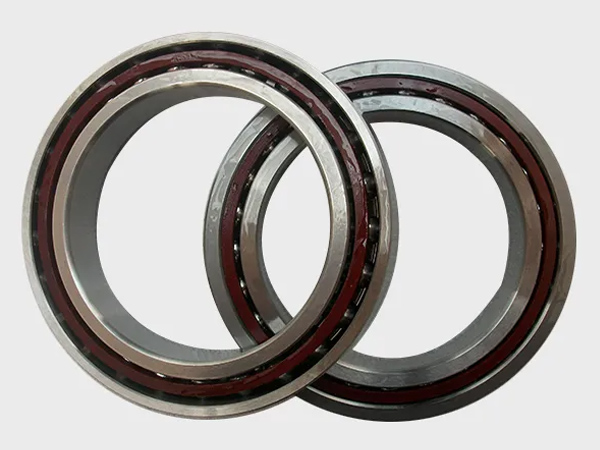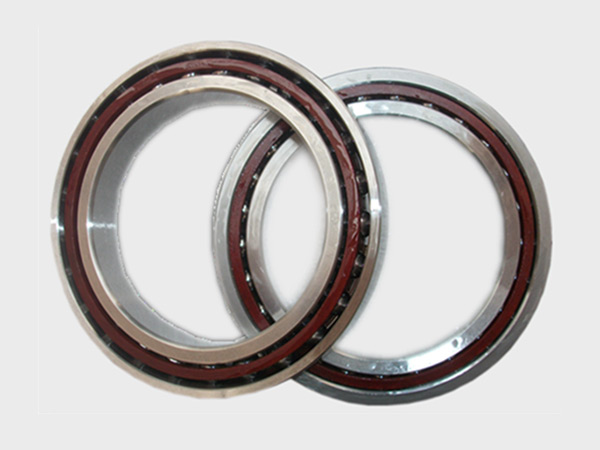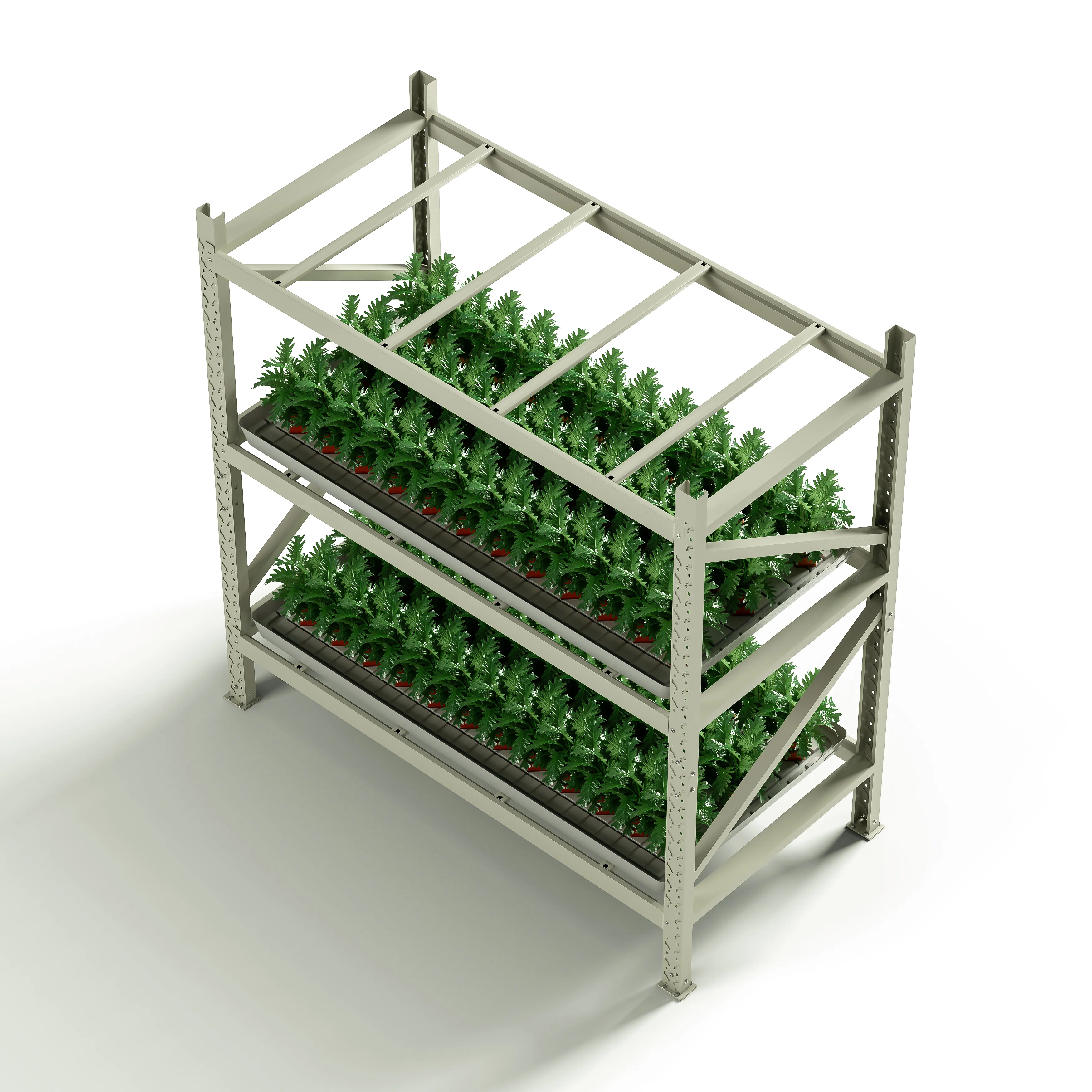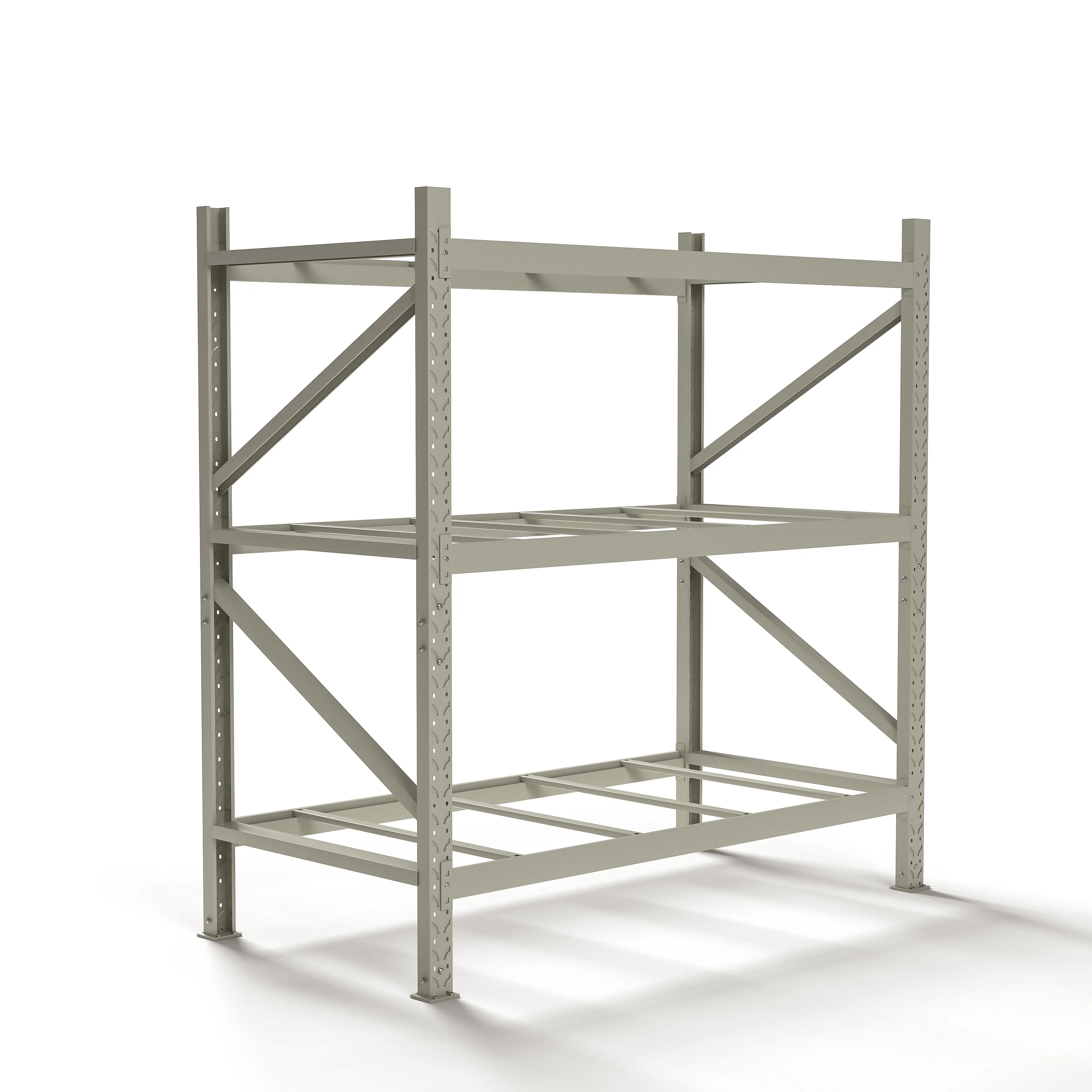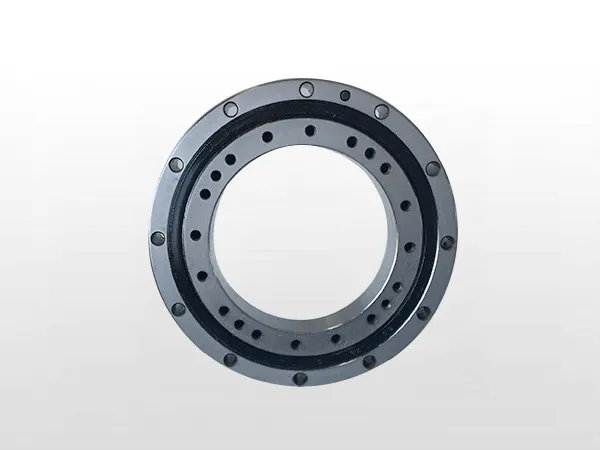En industrias como la minería y la preparación de carbón., materials need to be screened and classified before use. los Pantalla vibrante uses mechanized vibration to classify materials according to different sizes. It has a large processing capacity and high screening efficiency, which is better than traditional manual sorting. The selection efficiency will be improved many times, and it can be said to be a “good helper” in the screening work. Sin embargo, if the screen machine is used improperly, it will cause mechanical failure, short service life and other problems. Para evitar estos problemas, the following Haiside vibrating screen manufacturer will introduce the operating steps and precautions of the vibrating screen.
Operating a vibrating screen involves several steps to ensure smooth and efficient operation while maintaining safety standards. Here are the typical operating steps and precautions for vibrating screens:
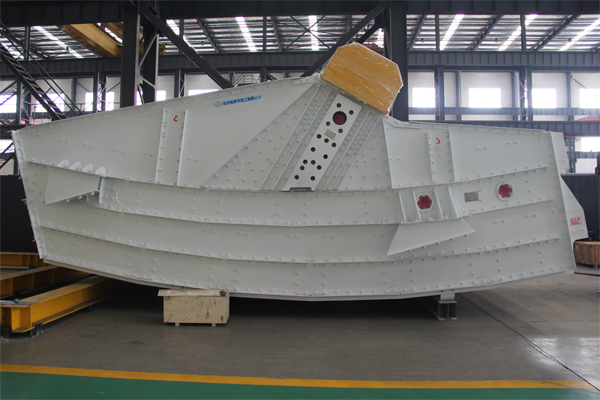
Pre-Operation Inspection:
Perform a visual inspection of the vibrating screen and its components to check for any signs of damage, tener puesto, o conexiones sueltas.
Ensure that all safety guards, covers, and access doors are in place and securely fastened.
Verify that the screen deck is clean and free of debris or buildup that could affect performance.
Start-Up Sequence:
Turn on the power supply to the vibrating screen and any associated equipment, such as feeders or conveyors.
Allow the vibrating screen to reach its operating speed gradually to avoid excessive stress on the motor and drive system.
Monitor the screen’s operation for any abnormal vibrations, ruidos, or other signs of malfunction.
Adjustment of Settings:
Adjust the amplitude, frecuencia, and inclination of the vibrating screen to optimize performance for the specific application and material being processed.
Fine-tune the settings as needed to achieve the desired separation efficiency, rendimiento, y calidad del producto.
…
For more detailed information about the operating steps and precautions of the vibrating screen, por favor haga clic para visitar:https://www.hsd-industry.com/news/vibrating-screen-operation-steps-and-precautions/

